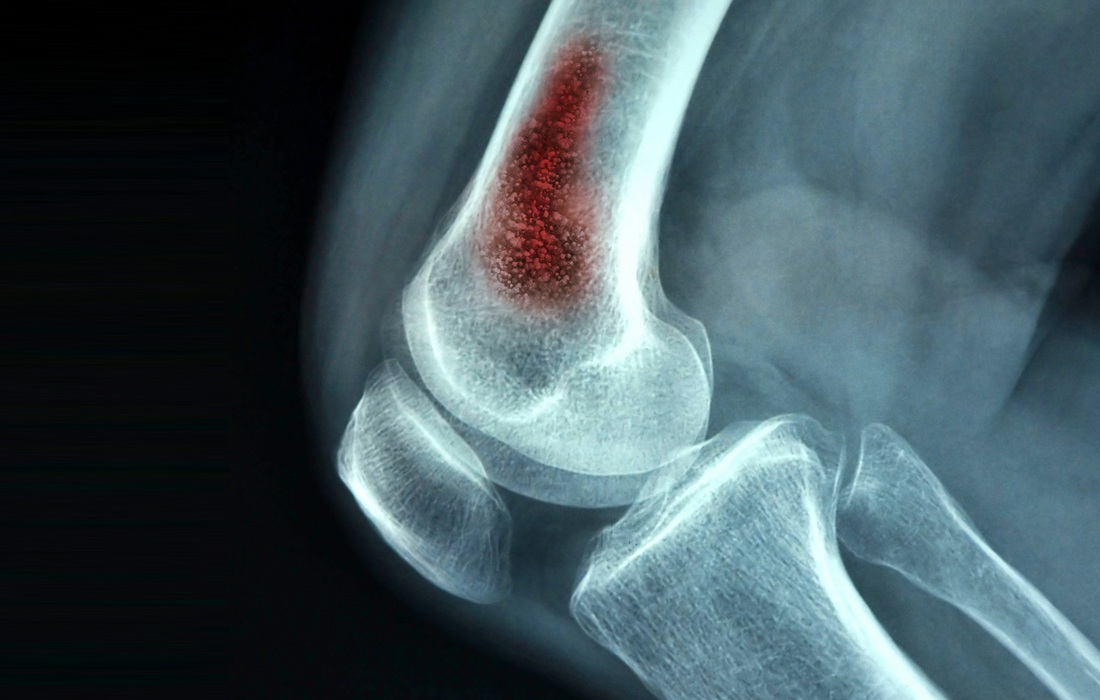Regenerative Medicine News and General Information
New Antibiotic Approach to Treat Bone Infections
Each year, 700,000 people die due to antibiotic resistance. A growing global population unfortunately generates a growing resistance to established antibiotic treatments , a threat that has been met with insufficient funding and dwindling inspiration, as commercial incentives for developing new antibiotics have fallen.
New antibiotic approach
A new study by investigators from Brigham and Women’s Hospital, a founding member of the Mass General Brigham healthcare system, addresses this growing problem in antibiotic development using a novel, interdisciplinary approach to construct a robust, computer-program-generated library of antibiotics and to identify an effective antibiotic for targeted use in a bone cement matrix. This approach could potentially be used to treat bone infections, a common complication after surgical orthopaedic procedures.
“Currently, the Food and Drug Administration (FDA) has only approved of bone cements loaded with antibiotics not originally developed for bone tissue,” said Hae Lin Jang, PhD, co-director of the Brigham’s Center for Engineered Therapeutics and principal investigator of the Laboratory for Developing Advanced Biomaterials and Biotechnologies. “In addition to not being bone tissue-specific, resistance has emerged against these antibiotics. We must create a new generation of antibiotics that are optimized to meet this emerging need.”
This increasing struggle with antibiotic resistance has fused with a similarly increasing aging population, which now requires more orthopaedic procedures than ever. Common procedures such as knee and hip replacements can result in bacterial infection, such as Staphylococcal, which is currently treated with systemic antibiotics. Systemic exposure to antibiotics does not precisely target infection; therefore, huge doses are needed, resulting in the unintended consequences of drug resistance and destruction of beneficial microbiota. To remedy this growing issue, collaborating researchers from the Brigham’s Department of Medicine and the Department of Orthopaedic Surgery aimed to create a locally delivered and potent combination of antibiotic and bone cement.
To engineer a new antibiotic for specific local delivery via a bone cement matrix, polymethylmethacrylate (PMMA) bone cement was used — the accepted FDA gold-standard. The team shortlisted molecules for antibiotic design and screened for drug-susceptible and drug-resistant bacteria in a preclinical model. Finally, the team compared clinically used PMMA bone cement and the new antibiotic-loaded PMMA bone cement using a prophylactic and an established Staphylococcal-infected tibial injury model.
Researchers pinpointed dual-action antibiotic VCD-077, studying its activity and efficacy in cells and in animal models. VCD-077 not only exhibited desired drug release kinetics without affecting the stability of PMMA bone cement, but it also demonstrated high efficacy against a broad range of drug-resistant bacteria strands and slowed development of future resistance. In fact, VCD-077-loaded PMMA bone cement exhibited greater efficacy than all currently used antibiotic-loaded bone cements against Staphylococcal bone infections in a rat model.
Before clinical application, the team must confront two major limitations: potential differences between the rat model studied and humans, and necessary toxicity studies. But, the researchers note, the future is bright for tissue-specific, localized treatment, such as a minimally invasive injection of antibiotic-infused bone cement. Focusing on tissue-specificity from the development stage and the interaction between drug and device can help engineer treatments that function precisely without perpetuating drug resistance. Additionally, the team’s novel application of computer engineering to find molecules and optimize antibiotic design was a huge success, suggesting potential for computer programming and AI technology to streamline drug development.
“The future lies in mixing artificial intelligence and drug discovery to make developing new antibiotics more efficient and cost-effective than ever before,” said co-corresponding author Shiladitya Sengupta, PhD, co-director of the Brigham’s Center for Engineered Therapeutics. “Interdisciplinarity in our approach and specificity in our drug development will truly bring about a new medical engineering paradigm.”
Said Jang, “Treatment may be getting more complicated, and bacteria may be getting more sophisticated, but us biomedical engineers are getting more sophisticated, too.”
SOURCE:
Sumana Ghosh, Mau Sinha, Ritwik Samanta, Suresh Sadhasivam, Anamika Bhattacharyya, Ashis Nandy, Swamini Saini, Nupur Tandon, Himanshi Singh, Swati Gupta, Anjali Chauhan, Keerthi Kumar Aavula, Sneha Susan Varghese, Pujie Shi, Sudip Ghosh, Mukesh Kumar Garg, Tanmoy Saha, Aparna Padhye, Shamik Ghosh, Hae Lin Jang, Shiladitya Sengupta. A potent antibiotic-loaded bone-cement implant against staphylococcal bone infections. Nature Biomedical Engineering, 2022; DOI: 10.1038/s41551-022-00950-x
IMAGE:
https://my.viewmedica.com/thumbs/osteomyelitis_1280.jpg?v=2016918

